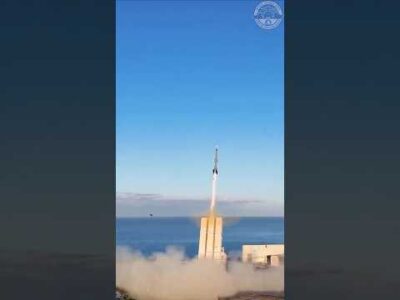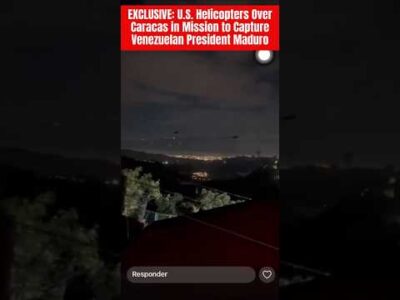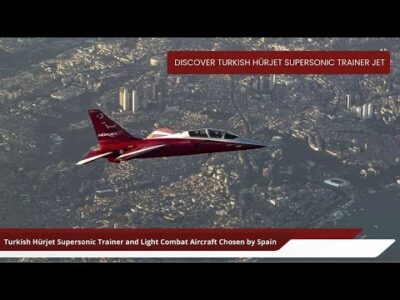The Abraham Lincoln Carrier Strike Group arrived at Naval Air Station North Island Jan. 20, marking the end of a 10-month deployment to the U.S. 6th, 5th, and 7th Fleet areas of operation.
The strike group deployed April 1 from Norfolk, Virginia, in support of maritime stability and security. With flagship USS Abraham Lincoln (CVN 72), embarked airwing Carrier Air Wing (CVW) 7, and the staffs of Carrier Strike Group (CSG) 12 and Destroyer Squadron (DESRON) 2, the strike group steamed east all the way around the world.
“I couldn’t be more proud of the work that our team accomplished during this deployment,” said Rear Adm. Michael Boyle, commander, CSG 12. “Over the course of 10 months the Sailors of the Abraham Lincoln Strike Group made a difference in some of the world’s most critical waterways, ensuring the free flow of commerce and deterring aggression through strength and readiness. They can return home knowing that their service to our Navy and our Nation made a positive difference.”
The 295-day deployment is the longest carrier deployment in the post-Cold War era.
The strike group was expedited to the U.S. 5th Fleet area of operations in early May, in response to credible threats to maritime security. Over the course of its seven months in theater, the strike group sustained critical presence operations to deter aggression. It also conducted combat missions in support of Operations Freedom’s Sentinel and Inherent Resolve, ultimately flying 392 combat sorties and over 28,000 flight hours.
While operating in the U.S. 6th Fleet area of operations, ABECSG supported coalition theater security operation efforts, conducting multiple partnership-building and interoperability evolutions in the region. The strike group participated in various multilateral maritime warfare exercises with militaries from Great Britain, Italy, Romania, Lithuania, and Spain that promoted proficiency across platforms and services. Building on key leader engagement efforts, Abraham Lincoln hosted international leaders including numerous ambassadors, heads of state, chiefs of defense, and NATO representatives from regional allies.
Demonstrating the U.S. Navy’s ability to operate alongside sister services and to aggregate credible combat forces anywhere in the world, the strike group also conducted combined operations with the John C. Stennis Strike Group and Kearsarge Amphibious Ready Group, as well as joint exercises with a U.S. Air Force B-52H Stratofortress.
In the U.S. 7th Fleet, the strike group conducted flight operations inside the South China Sea in support of a free and open Indo-Pacific. Hosting a Thai military delegation, the strike group also worked toward strengthening key partnerships in the region.
Over the 10-month deployment, ABECSG travelled over 64,000 nautical miles and completed multiple strait and choke point transits, including the Strait of Gibraltar, the Suez Canal, the Bab-el Mandeb, the Strait of Hormuz, the Strait of Malacca, and the Surigao Strait.
The conclusion of deployment also marks an important milestone for Abraham Lincoln, completing a homeport shift from Naval Station Norfolk to Naval Air Station North Island. This deployment is the ship’s first since completing its Refueling Complex Overhaul, a standard period of a carrier’s lifecycle designed to prepare it for the second half of its lifespan.
The Arleigh-Burke class guided-missile destroyers USS Bainbridge (DDG 96), USS Mason (DDG 87), and USS Nitze (DDG 94), and the Ticonderoga-class guided-missile cruiser USS Leyte Gulf (CG 55), which deployed as part of ABECSG in April, completed their deployment and returned to their homeport of Naval Station Norfolk in late 2019 and early 2020.

















Comments